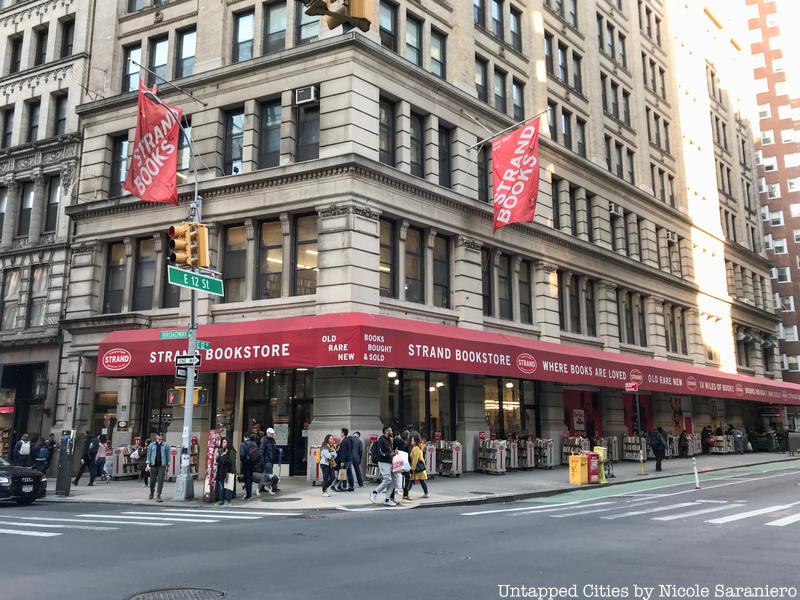
Stacked high with books old and new and surrounded by iconic dollar carts, the Strand Bookstore at 828 Broadway is the go-to indie bookstore for many New Yorkers, thriving since 1927. Celebrating its 90th anniversary this summer, the Strand is one of the few literary paradises staying strong despite the trend of independent bookstores closing to the likes of Amazon, online booksellers, and e-reading devices.
With over 200 employees and 2.5 million used, new, and rare books, the Strand contains some of the most diverse literary collections in the nation. As a testament to The Strand’s long-standing success, crowds of eager bibliophiles always fill the store, with others intensely browsing for a good deal on the dollar carts. Boasting “18 miles of Books and Counting,” the Strand sells an impressive collection of books new and old, rare works, collectibles, DVDs, CDs, vinyl records, and a vast selection of Strand souvenirs, from Shakespearean socks to political mugs. The Strand is not only successful, but trendy, fitting in with the other hip businesses of the East Village.
During its 90 years, the Strand has accumulated a treasure trove of secrets—secrets about its history, secrets hidden inside its building and operations, and secrets to its enduring survival. Without further ado, and in belated celebration of its 90th anniversary, here are 21 secrets of the Strand bookstore.
1. The Strand is the only remaining survivor of NYC’s lost “Book Row”
If you were to stroll down 4th Avenue between Union Square and Astor Place back when the area was called “Book Row,” the sights and sounds would differ greatly from those of today. While these six blocks are now lined with a variety of restaurants and stores, from the 1890s to 1960s, they were dominated by just one kind of business: secondhand bookstores.
Carts and shops filled with books, catalogues, prints and sketches densely populated the area, making it a bustling haven for bibliophiles and famous writers. These bookstores often specialized in products or genres and only sold secondhand or rare items.
Unfortunately, the passion and integrity of Book Row’s entrepreneurs could not withstand rising rents in the 1950s. New media, the rise of large retail bookstores like Barnes & Noble, and the 1954 closing of the nearby Wanamaker’s Department Store also contributed to a decline in consumers. Many booksellers were forced to close entirely or relocate by the 1960s, with some moving to Broadway.
But there was one exception: the Strand Bookstore, which moved from Fourth Avenue between 10th and 11th Streets, to its current location on the corner of 12th street and Broadway in 1957 and survived.





